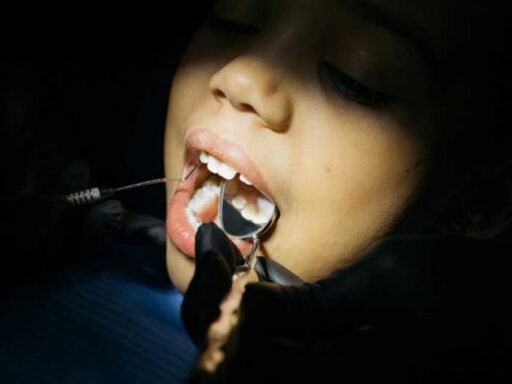Skin cancer screenings are examinations conducted by healthcare professionals to detect early signs of skin cancer. These screenings involve assessing the skin for unusual growths, changes in moles, or discoloration that may indicate the presence of cancerous or precancerous conditions. Screenings can benefit patients by enabling early detection and prompt treatment, impacting overall health outcomes. Here’s more information on the value of regular screenings:
Most Common Type of Cancer
Skin cancer is the most frequently diagnosed form of cancer globally. Its prevalence is due to various factors, including excessive sun exposure and genetic predisposition. Skin cancer can manifest in several forms, but the two most common are basal cell carcinoma and squamous cell carcinoma.
Basal Cell Carcinoma
Basal cell carcinoma (BCC) is the most commonly occurring type of skin cancer. It starts in the basal cells, which are located at the bottom of the epidermis, the outermost layer of the skin. BCC usually appears on areas of the skin most exposed to the sun, like the face, neck, and arms.
Although it grows slowly and is typically not life-threatening, untreated basal cell carcinomas can expand and lead to complications by invading surrounding tissues. BCC often presents as a pearly or waxy bump, a flat lesion resembling a scar, or a sore that fails to heal. Early detection through skin cancer screenings helps these abnormalities be addressed before they cause unnecessary damage.
Squamous Cell Carcinoma
Squamous cell carcinoma (SCC) ranks as the second most common form of skin cancer, developing in the squamous cells. These cells make up the middle and outer layers of the epidermis. SCC commonly arises in sun-exposed areas but can also occur from other skin wounds. It often appears as a rough, scaly patch, a sore that repeatedly opens and heals, or a raised growth with a central depression. Identifying SCC early is key to preserving both health and aesthetic outcomes, as advanced cases may require extensive treatment.
Basics of a Screening
During the screening, the professional evaluates the skin from head to toe, paying close attention to any areas that exhibit unusual changes. For high-risk individuals, this may involve the use of specialized tools like a dermatoscope, which magnifies and illuminates the skin for closer inspection. Screenings are non-invasive and typically involve discussing your:
- Medical History
- Family History
- Exposure To Ultraviolet (UV) Radiation
The goal is to identify potentially harmful changes early, even before symptoms arise. If a suspicious lesion is discovered, the healthcare provider may recommend a biopsy. This is where a small sample of tissue is analyzed under a microscope to confirm whether it is cancerous.
When To Get a Screening
When to get a skin cancer screening depends on several factors, including age, skin type, history of sun exposure, and personal or family history of skin cancer. For individuals with average risk, dermatologists often suggest annual skin checks starting in adulthood. Those with a higher risk may need more frequent screenings.
Experts also advise people with fair skin, light eyes, or a history of frequent sunburns to stay extra vigilant. Prolonged sun exposure can increase UV damage, escalating the chances of developing conditions like basal or squamous cell carcinoma. Some indications that you might need a screening include when you notice:
- New Spots
- Changes to the Size, Shape, or Color of Existing Moles
- Sores That Do Not Heal
Benefit From Skin Cancer Screenings
By addressing changes in the skin promptly, screenings reduce the potential for invasive procedures associated with advanced-stage cancers. This means a faster recovery and less disruption to your daily life. Regular skin cancer screenings promote awareness and taking action. Early detection can prevent the cancer from advancing, preserving not only life but also quality of life. Schedule a screening today.






